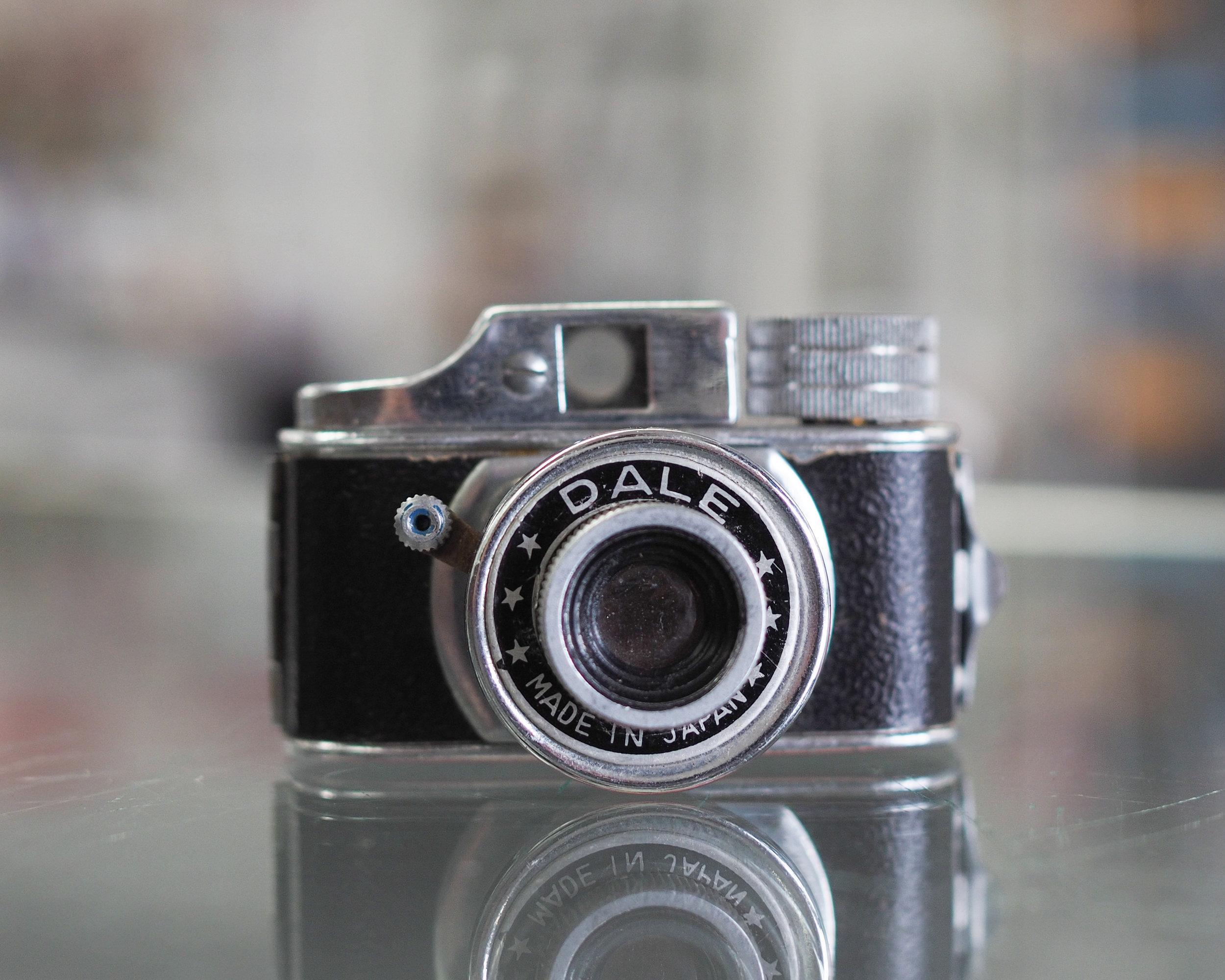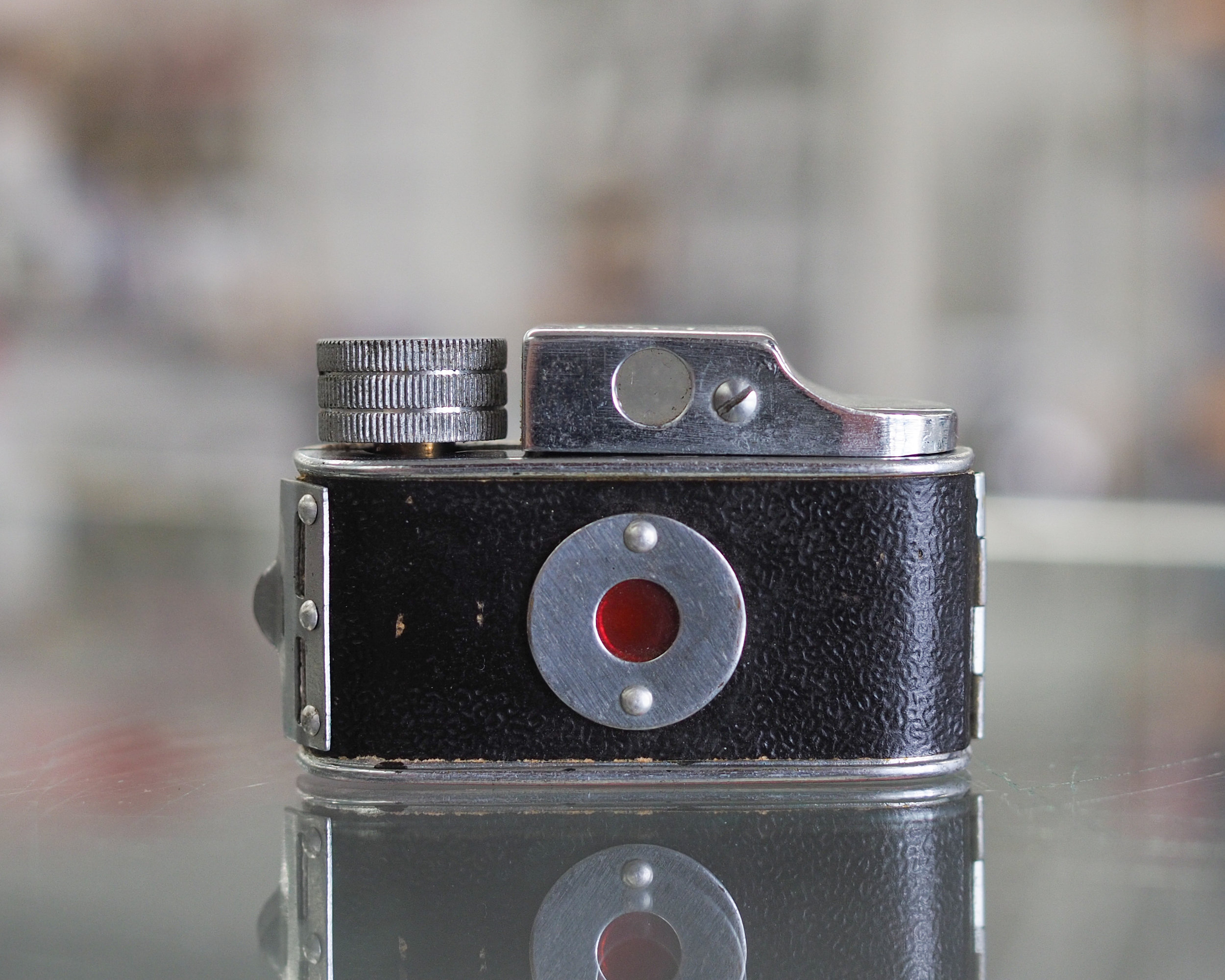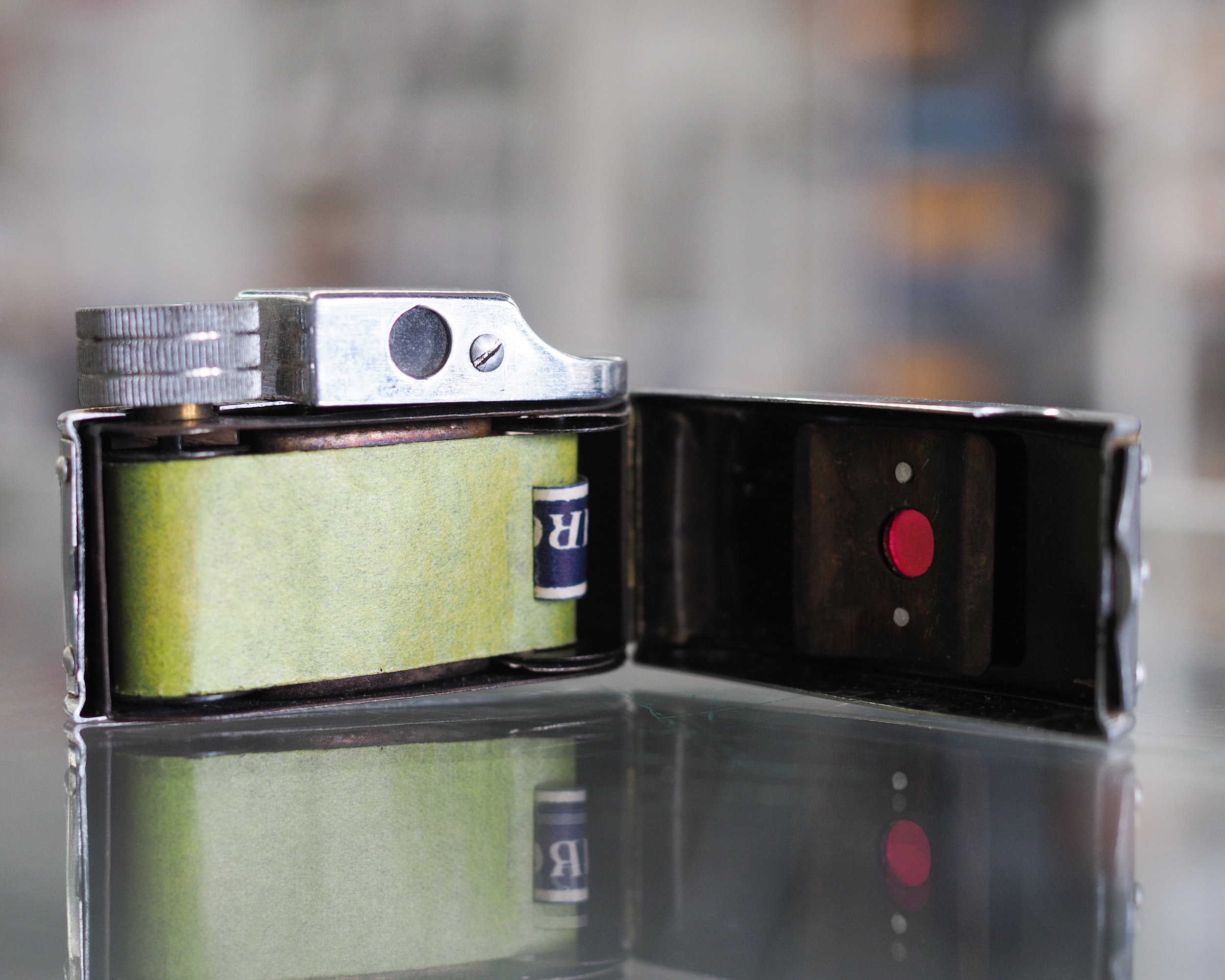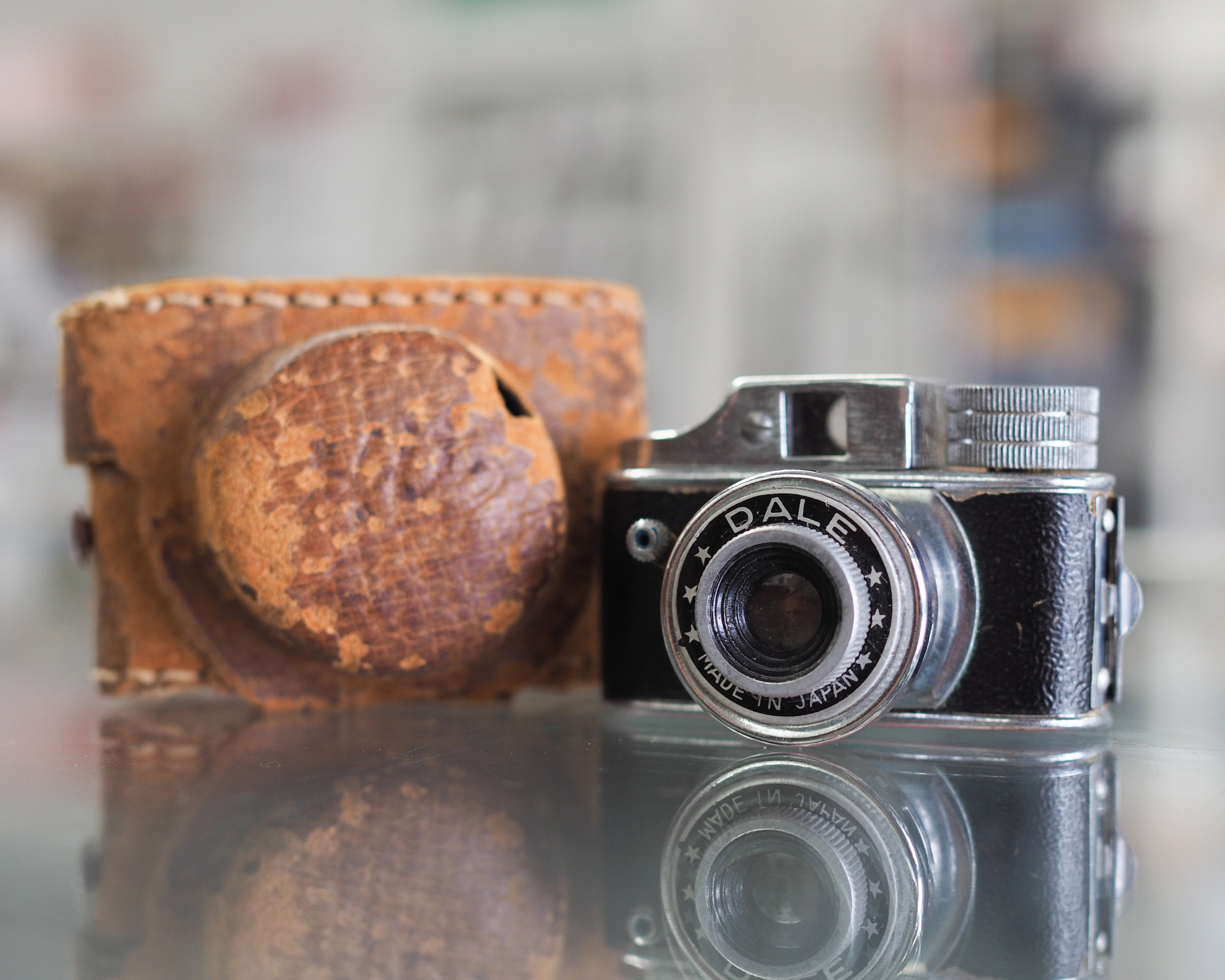Sunny 16, is a rule as old as photography itself. It allows you to make a correctly exposed photo based solely on available light. This technique will work on digital and film cameras giving the user a simple but easy means of exposure. This rule will allow you once mastered to shoot and almost any lighting situation with any camera, including those without light meters...
Read moreWhy a macro lens should be in your bag.
When starting out with a DSLR or Mirrorless camera the easy option is to start with a kit lens. This lens will provide you with a basic wide angle and telephoto. It will work in most general photographic situations but can limit your creativity. A macro lens will be sharper, gather more light, and allow for closer focusing...
Read moreWhy a handheld light meter should be in your camera bag.
Handheld meters offer the user a range of control over using the camera’s built-in meter. They can be used to get exposure information via reflected light, incident light, and flash photography. By utilizing a handheld meter you will read the scene more precisely than relying on the camera’s built-in meter.
All digital camera read light a number of different ways. Evaluative metering reads the whole scene and gives the user an exposure based on reflective light. Center-weighted reads most of the frame with an emphasis on the center of the frame. Spot metering will pinpoint the exposure on a spot within the frame, normally the center. However, when the camera reads light, it sees the object reflecting the light as 18% gray.
Allowing the camera to see light being reflected at 18% gray can be problematic. You are photographing a wedding, you have the bride posed in nice soft light. You meter, and upon first look, the photo is underexposed. The white dress shifted the exposure and caused the frame to do dark. You now are working with the guys, all wearing dark tuxedos. The camera's internal meter will shift that color gray due to incorrect exposure. To correct this you may shift the camera into spot meter mode but that will still read the 3-5% of the frame. Which depending on light will still shift color and the exposure. By using the reflective option on your handheld meter you can read 0.05% of the frame. For this, you would find the middle gray in the scene and read light reflecting off of the subject. This method this ensure proper exposure and allow correct color accuracy.
Reflected metering is how most of your vintage light meters work. They can be very accurate in good light, however, once light begins to fall they can become useless. They are inexpensive, most starting in the $50 range. Modern meters with reflected capability will start in the $200 plus range, but will offer many more options and will be much more accurate once it gets dark.
In the sample photos below you can see the exposure shift between the camera's meter and the handheld meter. The photos were taken with an Olympus E-M10 with the 25mm f/1.8 set in manual mode with evaluative metering. The metered shots were done with a Gossen Pilot. This first section will just show the differences between the camera’s meter and the Gossen. The Gossen introduced in 1960 was designed with film in mind and is better suited for bright light photography. These photos are not ideal to show the strengths of the reflected light meter, but more to show how two meters reading in a similar manner will yield different results.
Camera Meter 1/200 f/1.8 400 iso-Gossen 1/500 2.8 400 iso
Again the Gossen underexposes the frame.
Camera Meter 1/1250 f/1.8 400 iso-Gossen 1/1000 f/5.6 400 iso
If our goal is to capture the silhouette the Gossen did great, but if our goal is to show the camera’s detail, neither successfully accomplished that.
Camera Meter 1/1000 f/2.8 400 iso-Gossen 1/2000 f/1.8 400 iso
Here both the camera’s meter and the Gossen had similar exposures based off numbers but when you look as the math it is only ⅓ of a stop different.
Incident Meters read light that is falling on the subject and can give the most accurate exposure. Reading light in this manner allows for more creative freedom to harness light and control it perfectly. The difference between incident and reflective metering is that incident metering cannot be fooled by color or the items reflectivity. Its only goal is to read light. For me, these types of meters are worth their weight in gold.
In these test shots, you will see the difference between the camera's meter and an incident meter. The camera was set to evaluative meter mode, and the incident meter was placed with the bulb facing the lens. When shooting I prefer to use an incident meter for both film and digital, only using the reflected meter for night photography when I need to pinpoint exposure on a light source. For this test, I used an Olympus E-M10 with the 25mm f/1.8, for the handheld meter I used the Sekonic L-478d.
Camera Meter 1/200 f/2.8 400 iso-L-478d 1/125 f/2.8 400 iso
Here the Sekonic gave us almost a ⅔ of a stop change in exposure for an overall brighter image, this image is also more accurate in color due to the correct exposure.
Camera Meter 1/1250 f/1.8 400 iso-L-478d 1/250 f/1.8 400 iso
Here when reading the light that is hitting the front of the camera the Sekonic will give a reading to expose for where the light is hitting. Why there is such a change in exposure is because when the camera reads reflected light it reads the whole scene. With an incident meter it again is only reading light that is falling on the subject.
Camera Meter 1/1000 f/2.8 400 iso-L-478d 1/1000 f/1.8 400 iso
Here the difference is around 1 ⅓ stops, which results in an better lit photo. In this case the photo metered with the Sekonic is more natural and much closer to what the human eye would see in this setting.
Camera Meter 1/2000 f/1.8 400 iso-L-478d 1/500 f/1.8 400 iso
Here the Sekonic gave us a photo that is 2 stops brighter than the camera’s built-in meter. For exposing the cup it was able to read light hitting it, unlike the camera which read the whole scene.
Thoughts, you may be looking at these photos and wondering why, or even if it is worth it to purchase a handheld meter. If you are comparing a modern camera to a 60-year-old meter, yes the camera may perform better. In comparison with a modern handheld meter for me, it's an easy answer. A correctly exposed photo allows me to edit less. Using a modern meter to read reflected light is a bit different. In a low light setting, I will always use a reflected light meter versus what the camera thinks is correct. Have questions on handheld light meters, stop into your local Richmond Camera to learn more. Meters used in this test are currently available for purchase.
Used Gear | Meet The DALE!




The Dale is a subminiature camera that fits into the spy camera class that was manufactured in Japan for export. The Dale is part of a family of cameras that all took a 17.5mm film.
Read moreUsed Gear | Ansco B-2 Cadet
The Ansco B-2 Cadet was introduced in the in the late 1930’s and was sold in large numbers through the late 1940’s. There were two models of Cadets available during this time, one under the name Ansco and one sold an Agfa...
Read more
























